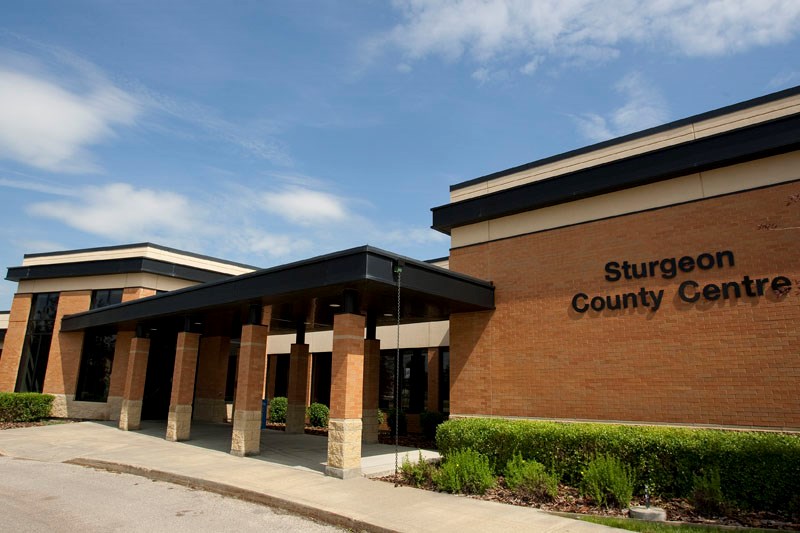Sturgeon County homeowners will have about $19 more in their pocket this year come tax time due to a massive spike in industrial assessment.
Sturgeon County council voted 6-1 (Coun. Matthew McLennan opposed) Tuesday March 28 to write up the 2023 tax rate bylaw with a tax hike of 2.9 per cent and to cancel plans to take about $1.2 million out of reserves.
Council approved the 2023 budget last December based on a 3.9 per cent tax hike, which would have cost the owner of a typical $492,000 home about $72 more in taxes than the year before. The tax hike was based in part on projected growth.
Administration recommended a smaller 2.9 per cent hike after it learned the county had experienced 7.12 per cent more growth in assessment — about $764 million — than expected.
About 62 per cent ($480 million) of this growth was in designated industrial properties, the assessments for which were done by the province and finished in February. Most of this increase was due to inflation and a change in tax rates applied to the North West Redwater Refinery. The county also saw considerable growth in residential ($102 million) and non-residential ($70 million) assessment.
In an email, county spokesperson Rhonda Linklater said a 2.9 per cent tax hike would add about $53 to the tax bill of the owner of a typical $496,000 residential property, or roughly $19 less than the increase they would have seen under the original 3.9 per cent hike. Add in a projected $44 increase to utilities, and the Gazette projects that the average county homeowner should expect to pay $97 more in municipal taxes and utilities this year — equivalent to about 45 large Tim Hortons coffees as of this writing.
These shifts mean the county would collect $7.6 million more than expected in taxes if it stuck with the proposed 3.9 per cent tax increase, said corporate finance and treasury manager Sabrina Duquette. Since most of this cash was volatile — the province could be forced to change its assessments of designated industrial properties on appeal — she advised council to leave most of this money unallocated, with $1.2 million used to cancel a planned withdrawal from reserves and $900,000 to trim one per cent off the tax hike.
Mayor Alanna Hnatiw noted how it was challenging to make accurate budgets when some 47 per cent of the county’s tax base came from designated industrial properties, the assessment of which was not under county control. That assessment had swung in the county’s favour this time, but it could just as easily swing against the county in the future.
“I appreciate putting that money back into reserves, because some day in the future we will definitely need them,” Hnatiw said.
McLennan said he opposed this tax cut because he believed the county could have passed a budget with a zero per cent tax increase.
Hnatiw said she believed administration had done much to find efficiencies in the budget, and questioned how the county could keep taxes flat and still pave roads.
“I think we’ve found a balance between being conservative and being competitive.”
Council is scheduled to vote on the 2023 tax bylaw on April 11.




